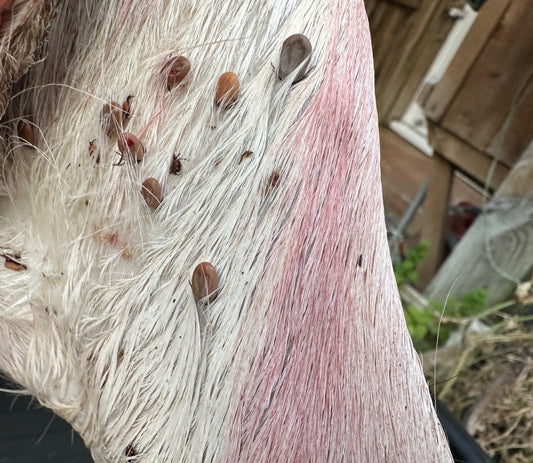The challenge of managing deer populations in areas where traditional deterrents like fencing are not viable was the focus of Wildscape Deer Management's recent site visit in Sussex. The site presented a unique situation where migratory fallow deer were moving between a nutritionally poor woodland and a commercial enclosure with high-yielding crops. The visit highlighted the need for innovative management solutions that cater to the ecological balance and economic realities of the site.

Assessment of Deer Movement and Impact
Our assessment began with an evaluation of the deer's migratory paths. Fallow deer, in particular, are known for their adaptability, often traversing considerable distances in search of food. At this Sussex site, their movement from the nutrient-deficient woodland to a lush commercial enclosure raised concerns about potential crop damage, which could significantly impact the business's bottom line.
Limitations of Physical Barriers
While fencing is a common measure to protect crops, it wasn't a viable option in this instance due to various factors, including the size of the area, topographical challenges, and the cost implications for the business. This limitation necessitated a deeper exploration of alternative deer management strategies.
Sustainable Deer Population Management
To address the situation, Wildscape Deer Management proposed a multifaceted approach:
Incorporating Business Needs into Wildlife Management
Our strategies are designed with the dual goals of supporting the habitat's ecological needs and aligning with the business's financial parameters. By adjusting deer population levels to what the environment can sustainably support, we reduce the pressure on the commercial enclosure. This approach ensures that wildlife management efforts are not detrimental to the business's viability.
Conclusion
The situation in Sussex exemplifies the complex challenges of deer management when fencing is not an option. Wildscape Deer Management is committed to developing and implementing innovative strategies that respect the needs of the local deer populations and the economic realities of businesses affected by their movement. By embracing a comprehensive and adaptable approach, we can achieve a balance that benefits both the natural environment and the commercial interests it supports.




